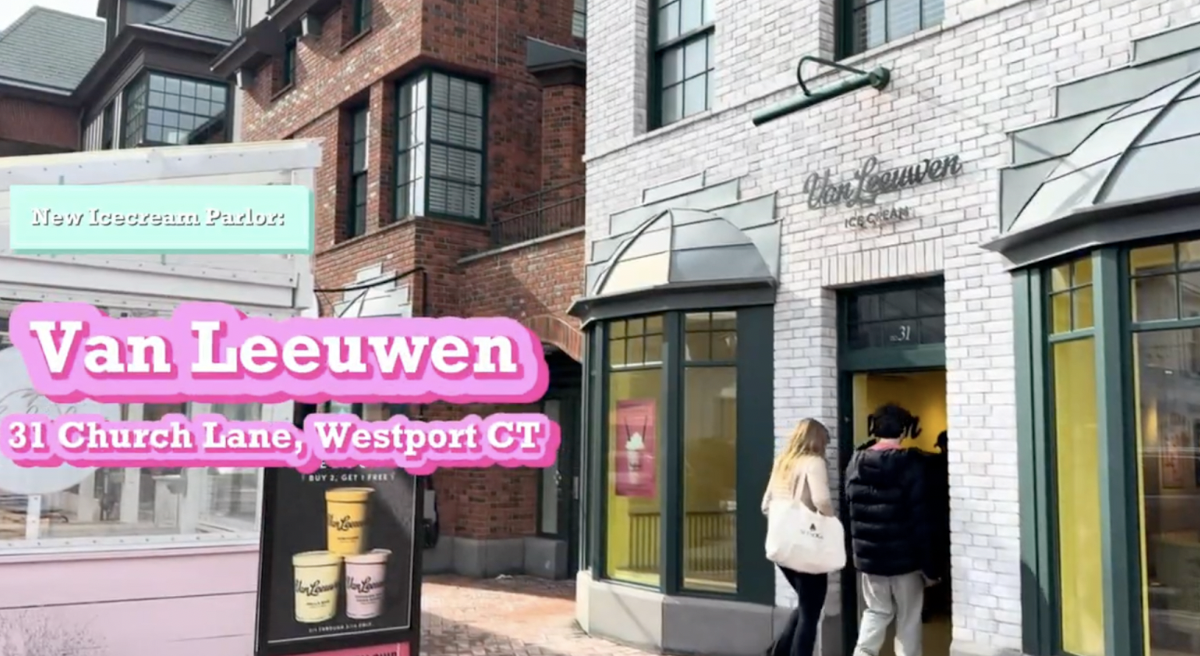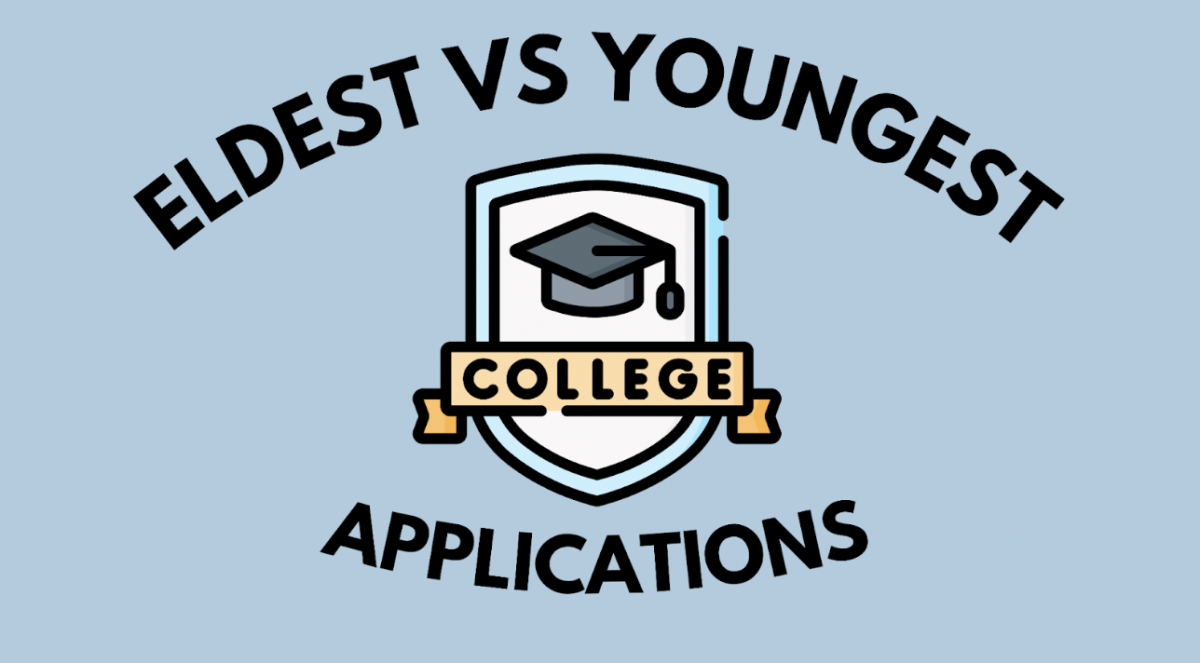Paper News: Community reconsiders health education post-marijuana legalization
A few weeks ago, fifth grader Vevay Simunovic ’23 began the Drug Abuse Resistance Education program, commonly called D.A.R.E.
“I have learned how to be responsible,” Simunovic said, mentioning that D.A.R.E. has covered a lot of topics she was unfamiliar with before.
One thing, however, that Simunovic will not be learning about during her time in the D.A.R.E. program is marijuana.
This is because the national elementary school D.A.R.E. curriculum, despite recent controversy and allegations from pro-cannabis bloggers, who claimed the organization had changed its stance on marijuana, no longer discusses marijuana.
“In 2012, D.A.R.E. came out with a new curriculum for elementary school children called Keepin’ it REAL,” Officer Edward Batlin, who is heavily involved with Westport’s D.A.R.E. program, said. “Marijuana is no longer part of the core curriculum.”
According to Batlin, marijuana was originally removed from the national curriculum, because “the academic team that created it at Penn[sylvania] State University felt that the concept was too abstract for many elementary-school-aged children.”
In February of 2016, only a few years after these curricular changes, two bills relating to marijuana legalization were proposed in the Connecticut General Assembly. One bill would legalize recreational use of the drug, while another would legalize its medical use for minors.
Some Westport parents, including Christy Colasurdo, who has two teenage sons, believe that, due to the recent legal changes, marijuana should be introduced at the fifth grade level.
“Times are changing and so must our approach to dealing with the issue of drugs,” Colasurdo said, referring to the recent changes in marijuana’s legal status. “I [would] rather inform the kids early and provide them with enough facts to make smart decisions when the time comes.”
Lauren LaPorta ’17 agrees with Colasurdo, failing to see what is “abstract” about marijuana.
“I feel like when I was taking D.A.R.E., [marijuana] was the one that made the most sense,” LaPorta said.
“Because that is the most common [drug],” Maria Hodge ’17 said, finishing LaPorta’s thought.
Simunovic echoed Hodge and LaPorta’s viewpoint, saying she had heard of marijuana before and knew it was a drug despite the fact that it had not been explicitly addressed in D.A.R.E.
Nolan Call ’23, on the other hand, still had some unanswered questions when it came to marijuana.
“Marijuana is a drug, I’m pretty sure,” Call said. “It can … I have no idea what it does.”
Hodge, though, feels that health education may be able to wait until after elementary school. “I don’t really know of much drug use in sixth and seventh grade,” Hodge said.
On the other hand, according to Vig Namasivayam ’16, if legalization continues, health education at all levels must shift its current anti-marijuana tone to one emphasizing safety.
“Like alcohol, you just have to teach people to do it in moderation,” Namasivayam said. “I have always thought that telling kids to abstain from drinking alcohol is not the best way to go, because kids are going to do it anyway, so why try? Just teach them to be safe. I think that is the same with marijuana.”
Batlin, however, does not see legalization of this drug as a foregone conclusion.
“There is evidence to show that support [for legalization] has stalled since 2013,” Batlin said. “Science has proven, and all scientific and medical organizations agree, that marijuana is both addictive and harmful.”
Still, according to a recent study endorsed by the National Institute on Drug Abuse (NIDA), approximately 9 percent of people who use marijuana will become addicted. Still, the study acknowledges that the addiction rate is slightly higher for adolescents.
However, Batlin said D.A.R.E. remains, “absolutely opposed to the legalization of marijuana.”

It may have been a visceral feeling that instigated Claire Dinshaw ’17 to apply for a sports editor position her sophomore year, however, she refers...











































